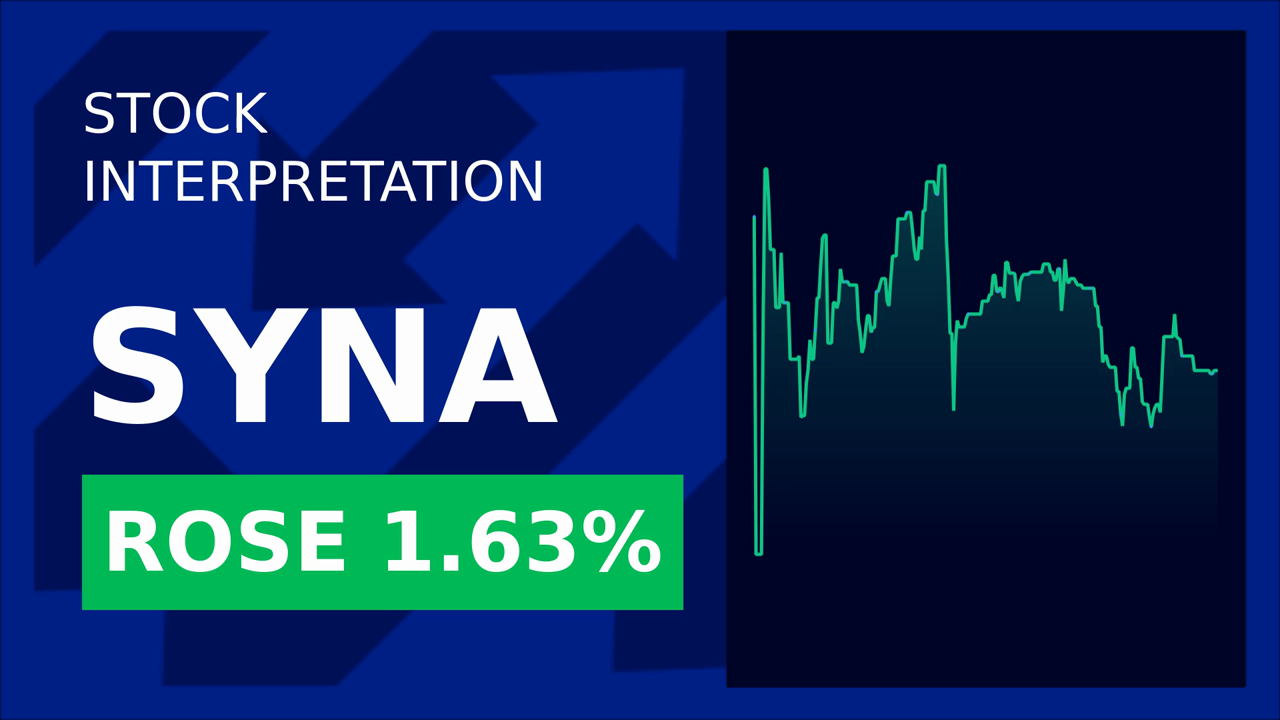Qualcomm-YuanRong Qixing Partnership Drives Stock Surge Amid Smarter Autonomous Tech Push
In a notable development within the smart driving industry, YuanRong Qixing has announced a technological partnership with qualcomm, causing ripples across the sector. The collaboration centers around Qualcomm's Snapdragon 8650 chip (SA8650 platform), boasting a powerful computing capability of 100 TOPS, which aims to revolutionize autonomous driving technology, particularly in urban NOA, highway NOA, and automated parking functionalities.
Amidst increasingly fierce competition fueled by NVIDIA’s Orin-X chip with its dominant performance at 254 TOPS, Qualcomm and YuanRong Qixing are poised to disrupt the high-end smart driving market by delivering robust performance at just one-third of the cost. This strategy promises to democratize intelligent driving technology, making it accessible to a broader range of vehicles, including fuel-powered and new energy models.
Technological insights reveal that YuanRong Qixing plans to develop an innovative solution on the Snapdragon SA8650 platform, showcasing dynamic integration between BEV models and Transformer architecture. This system can achieve data fusion from 16 cameras, 4D radar, and LIDAR in just 50 milliseconds, maintaining high object recognition accuracy even in challenging lighting conditions. As stated by Qualcomm's VP Saxena, the goal is to provide a more economical and reliable driving experience globally.
YuanRong Qixing's CEO Zhou Guang emphasized that this collaboration will propel city NOA technology from a high-end luxury to widespread adoption. The partnership represents not merely a chip substitution but a restructuring of the technological stack, steering the industry towards more open and adaptable solutions.
Nevertheless, this strategic shift is not without its challenges. Insider information underscores the efforts by YuanRong Qixing’s research team, which spent nine months completing the migration of Qualcomm platform operators and utilizing dynamic quantization to reduce model size by 40%. Although the VLA model has addressed some interpretability issues, it continues to face decision-making tests in complex urban driving scenarios. Moreover, competitors have already positioned themselves in the market, intensifying the struggle for dominance.
The collaboration between Qualcomm and YuanRong Qixing is reshaping the commercial landscape in the smart driving sector. Qualcomm's more open architecture is empowering car manufacturers with pricing autonomy for smart driving solutions, thereby breaking the confines of NVIDIA’s ecosystem. As the market evolves, finding equilibrium between commercial success and technological innovation remains a pivotal challenge.
In conclusion, as the industry navigates through a transformative phase blending technology and commerce, the partnership between Qualcomm and YuanRong Qixing mirrors the replication of the "chip-algorithm-ecosystem" model from the mobile industry to the automotive field. Despite formidable obstacles, continuous innovation and iteration are essential to securing a leading position in this frontier of autonomous driving technology.


_701a155b1749241238665.jpeg)








